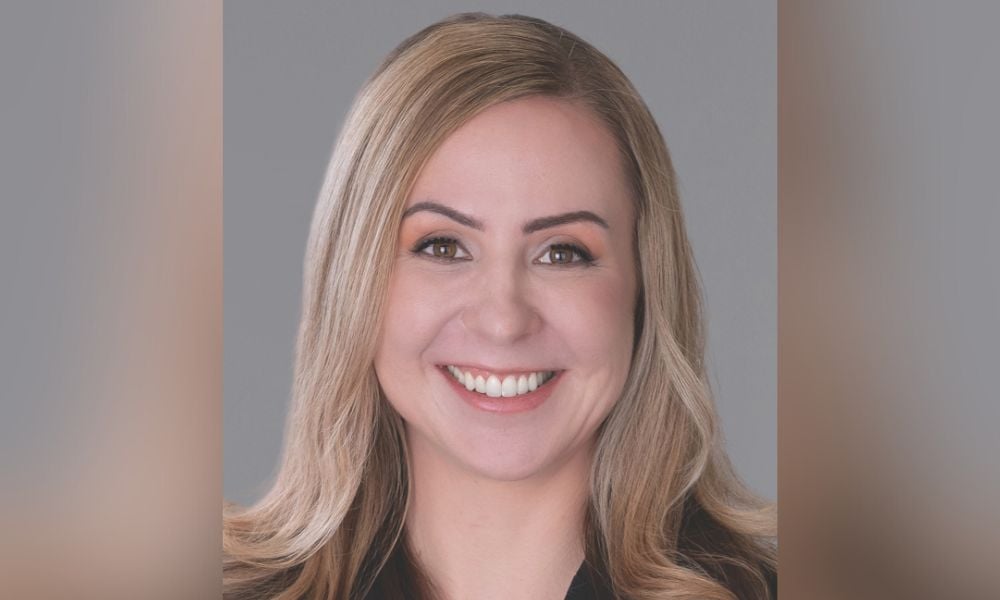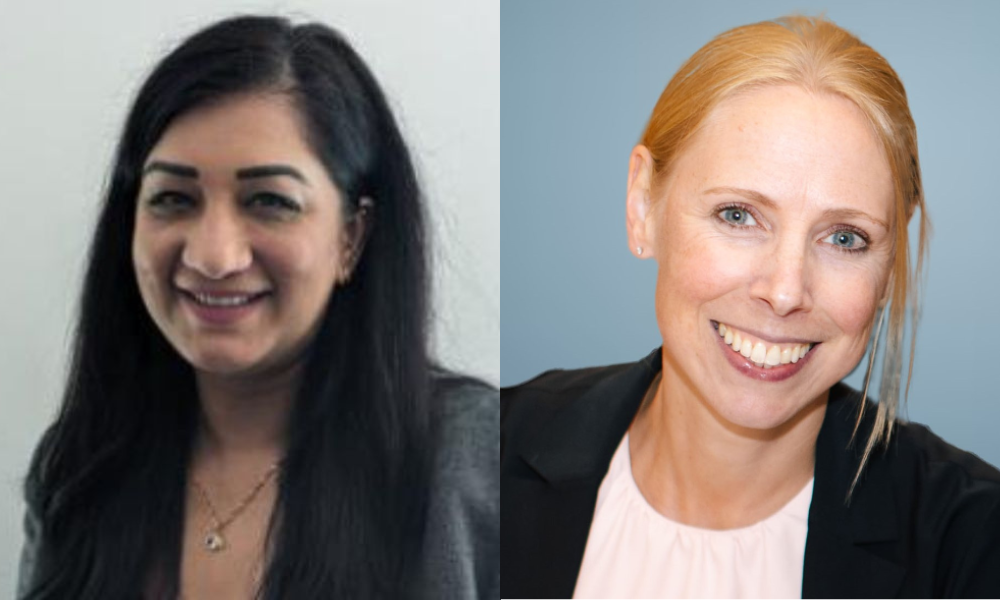Unconscious bias can harm employers’ bottom line, company culture, customer experience, say experts
.jpg)
Recent troubles involving racial bias at a Philadelphia Starbucks aren’t confined to the coffee chain or the United States, according to Hamlin Grange, diversity, equity and inclusion strategist at Harmony@Work in Toronto.
The issue is also prevalent in Canada, making it an uncomfortable but necessary workplace conversation to have, he said at a recent Retail Council of Canada conference in Toronto.
“The first step to challenging attitudes is awareness,” said Grange. “Awareness of yourself, awareness of others, thereby allowing you to be more effective in shifting your perspective and changing your behaviour.”
Prejudiced behaviour and ingrained habits of thought are part of the human condition, and all workers — regardless of education level — have blind spots relating to gender, age, disability, weight and race, he said.
“We can’t all walk around being smug about it,” said Grange. “We all have these biases. Unconscious bias is pervasive — the important thing is what you do about those biases.”
Racial bias can see non-Caucasian shoppers be followed, forced to leave their bags at the counter, questioned if they can afford specific items or services, or even physically removed from stores, he said.
Forty-seven per cent of black people and 33 per cent of Indigenous shoppers have experienced racial bias in Canada, said Grange, citing a 2017 survey of 1,650 people by the Ontario Human Rights Commission.
Obese and homosexual shoppers also experience discrimination from retail workers in the form of “less eye contact, more rudeness, and shorter interaction times,” he said.
“I firmly believe that retailers should be concerned about this issue because of the harm that racial bias can cause to your bottom line, your customers, the culture within your organization, your work culture.”
“Be proactive,” said Grange. “Don’t wait for a problem to erupt to implement diversity and bias awareness training for your staff. And make sure you have policies that consider the experiences of both your employees and your customers.”
Eradicating impairment
Creating a diverse environment is not enough — inclusion is what’s important, said Rima Dib, senior manager of diversity, equity and inclusion programs at Harmony@Work, speaking at the event.
“Diversity is our reality; inclusion is our responsibility — especially if we are leaders of any kind. And bias is an obstacle to that… Bias is like a perceptual impairment. Bias creates a diminished function of our perception. It diminishes our ability to clearly see what is in front of us. In essence, it is an impairment. We do not want our employees working while impaired.”
All minds are shaped by identity, lived experiences and information, she said. Those biases are most often felt when people are under stress, afraid, emotionally triggered or simply not thinking.
Some assumptions and perceptions are justified, but it is still important to combat biases through processes such as mindfulness, according to Dib.
“Our brains are neurologically wired for bias,” she said. “Knowing that we have bias helps us to identify it.”
It is important to note that biases or stereotypes occur only in the mind, said Dib. But those ideas inform attitudes, which then lead to discriminatory actions. Because of this, leaders and workers have an obligation to interrupt the bias before it reaches the action stage.
“The proactive approach addresses it on the ideas level,” she said. “The reactive approach addresses it on the action level.”
Advice for HR
Training and policy changes are effective ways to address racial bias, identify vulnerabilities and ensure workers treat clients and colleagues with respect, according to Grange.
But true eradication requires action and courage alongside education, and HR should work to develop greater awareness of this issue, he said.
“Be open to having what I call bold and courageous conversations on race and cultural differences. This means creating an environment within your organization and in the workplace where this conversation can take place.”
“Prepare well for this conversation,” said Grange. “Let’s face it — we are living in a very polarized world at the moment. And this polarization is fuelled by divisive politics both here in this country, our neighbours to the south, and from around the world… Now, more than ever, we need to have bold but productive conversations.”
To identify and address bias, workers need to “connect the dots” of experiences with information and skills, said Dib.
Those who stay present and mindful have a better chance of catching themselves in the moment, and refraining from jumping to conclusions, she said.
“Our identities impact what we see… We need to become aware: ‘What are my filters? What are the things that are very clear and apparent to me? And what are the things that I tend to miss?’”




